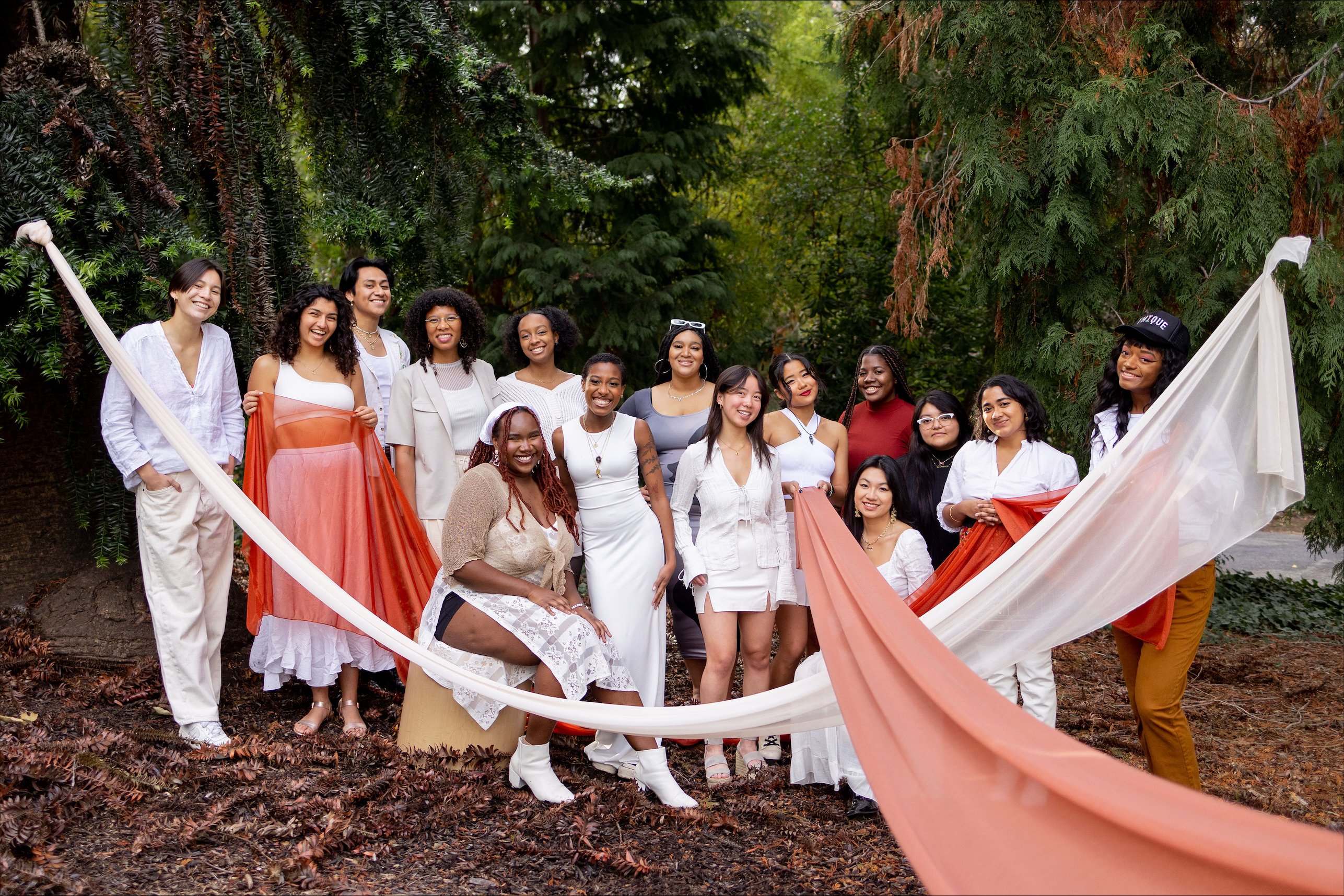For students in the Institute for Diversity in the Arts (IDA) Undergraduate Fellowship program, art is more than a means of expression: it is an instrument of change, a tool to uplift the voices of underrepresented communities and fight for social justice.
A mainstay of IDA’s offerings, the year-long program provides a $4,500 stipend and mentorship to undergraduates who are pursuing art projects relating to social justice. Each fall, IDA accepts 10 to 15 students from diverse backgrounds based on a project proposal and interview.
IDA was founded in 2000 by Charles Lyons ’55 M.A. ’56 Ph.D. ’64, Stanford’s Drama Department chair from 1981 to 1999, in collaboration with a local arts group known as the Committee on Black Performing Arts. Aiming to foster a more diverse arts scene on campus, IDA has since offered arts and activism classes taught by various visiting artists and has even developed a concentration underneath the African & African American Studies and Comparative Studies in Race & Ethnicity programs.
IDA’s longstanding commitment to social justice is reflected in the diverse projects and artistic aspirations of its fellows. Despite this shared thread, however, the art mediums used to accomplish these pieces vary widely, from short films to photography to choreographed dance to ritual practice.
“I think that hot sauce was the only way that I was able to grapple with this trans[national] Asian American experience,” said 2022-23 fellow Chloe Chow ’23 M.S. ’24. Chow chose her grandparents’ hot sauce business as the creative theme for her site-specific multimedia installation.
The choice reflects the overall importance of food in Asian American families and communities, Chow said. However, the sauce is also representative of the unique experiences of Chow’s grandparents, influenced by their Vietnamese and Indonesian backgrounds and later immigration to Guatemala and Canada.
“The flavors [of the hot sauce] were the memories of the places that my family has been,” Chow said. “So I think in terms of social justice, it pushed the definition of what it means to be Asian and what it means to be American, because it looks at this cross-global transnational identity beyond what we are spoon-fed in some of our classes and some of our books.”

Sky Walker ’24, a 2022-23 fellow from Atlanta, used her specialization in paper collage to commemorate her grandfather’s experience as a civil rights activist in Birmingham, Alabama. For the final exhibition, she created collage pieces and hand-casted sculptures with Black Panther Party newspapers she found in her grandfather’s garage.
“I feel like the activism is inherent in IDA because it’s an artistic space and a space for marginalized and diverse identities,” Walker said.
Though each artist works alone to create their own piece, weekly seminars and group creative practices bring everyone in the cohort together. As a result, a deep-seated sense of community emerges from within the fellowship program.
“A lot of these people aren’t art practice majors, and I don’t know if I ever would have met them if not for this,” Walker said. “In this cohort, we all had a common denominator, that being art and caring about art and expressing ourselves through art. It was so beautiful seeing the ways that other people do [art] and getting to know them a lot more and seeing them every Tuesday for the entire school year.”
Unlike some other art programs, the IDA fellowship encourages artists of different mediums to interact, which in turn encourages interdisciplinary thought. IDA co-chair and 2022-23 fellow Bhumikorn “Bhu” Kongtaveelert ’25 said that his interactions with other artists in the cohort pushed him to consider the correlation between form and function and question which artistic mediums are best for engaging with political topics.
While applications for the 2023-24 cohort have closed, those who are interested in applying next year are encouraged to take an IDA class in preparation and to come into the application process with the knowledge that their identity as “artist” is not dependent upon their acceptance into the program.
“You already have projects you want to do. IDA is like one of the stepping stones or an incubator for you to foster this idea and have space to experiment and fail and recover and pivot,” Kongtaveelert said, regarding prospective applicants. “So, just pursue things that are meaningful to you and meaningful to your community. And make time because like anything, you get out what you put in.”
Bhumikorn “Bhu” Kongtaveelert is a staff development director at The Daily.
